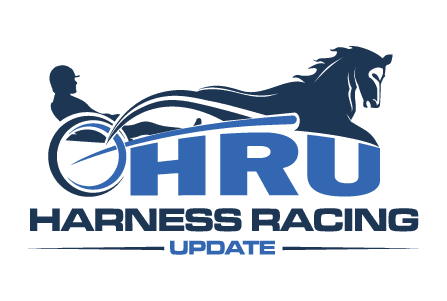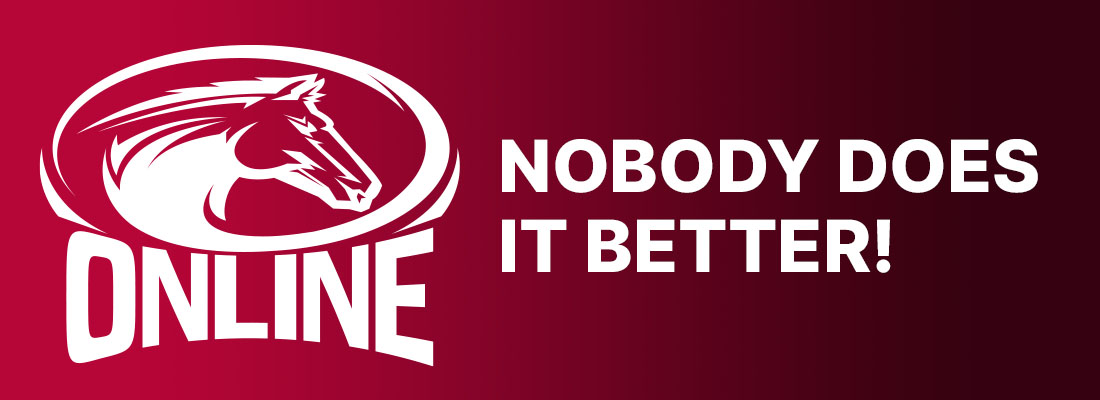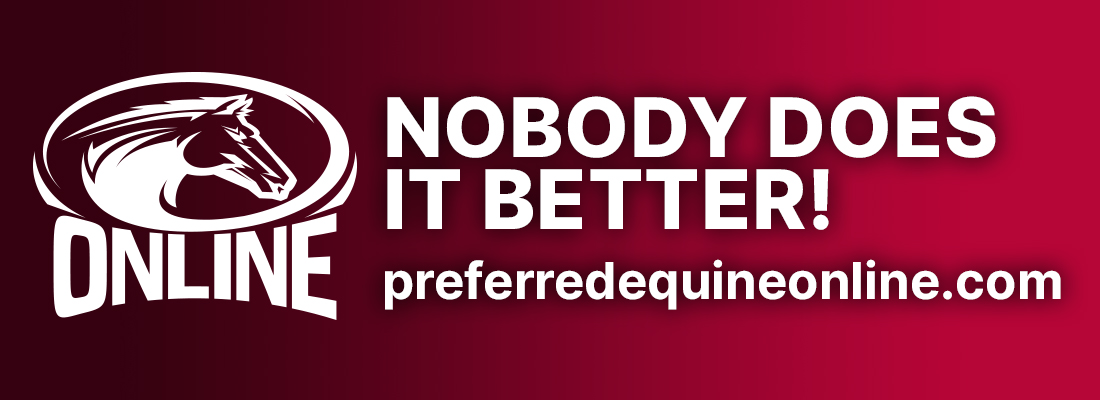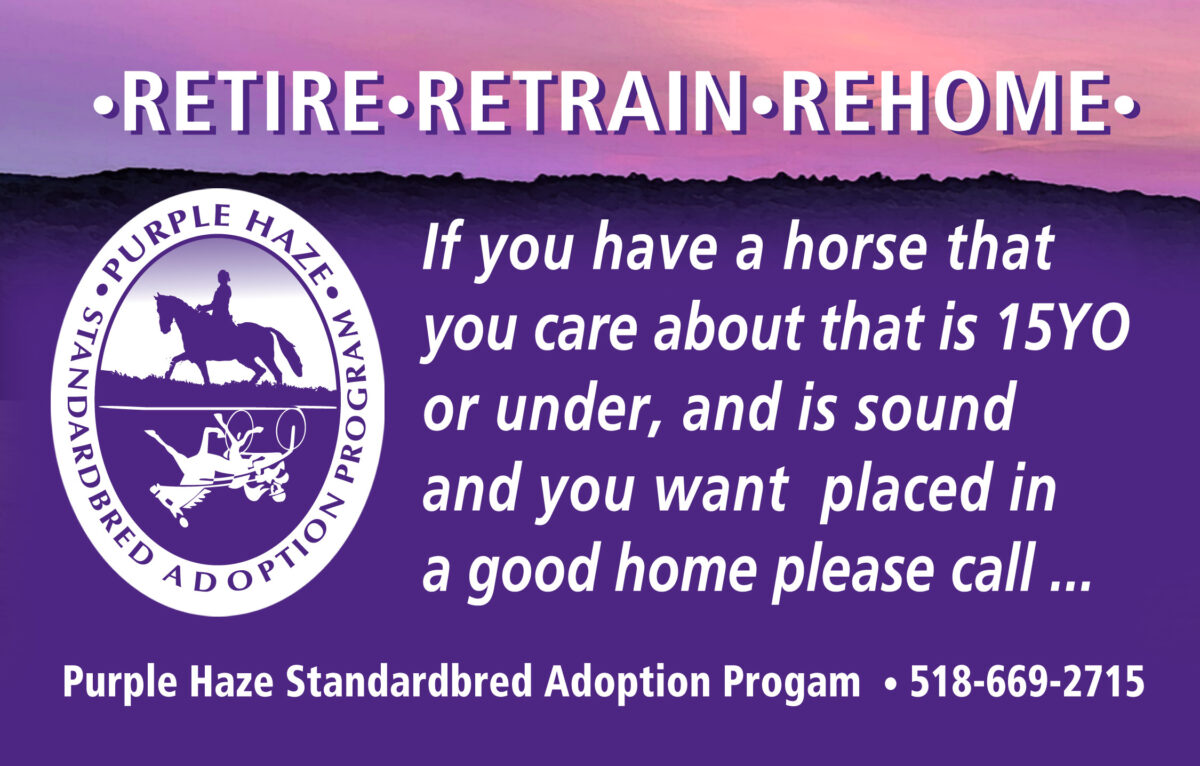All wagering must cease prior to the start of a race
by Brett Sturman
In a column last Sunday (Feb. 2) between Dave Briggs and John Campbell, the impact to handle by post drag and computer-assisted wagering (CAW) was discussed. The issue of post drag in my opinion is one that could be categorized as a massive annoyance or nuisance, but the CAW part of it piqued my interest as that cuts directly into wagering integrity.
I agreed with almost all the points made by Briggs and Campbell, but they stopped just short of making one more distinction. It’s not good enough only to shut off wagers coming in from CAWs as was suggested – wagering from “all” sources must stop prior to the start of the race.
With their ability to exploit last second wagering opportunities in high volumes, the impact of CAWs on wagering can certainly be debated. But I don’t believe for a second that it’s the CAWs that are solely responsible for odds swings after the start of the race when almost every horse that is forwardly placed on the gate go down in odds and horses that gap off the gate go up in odds once the race starts. That’s human behavior.
Take Race 4 from The Meadowlands on Friday evening (Feb. 7) as an example of something that totally undermines wagering integrity and would never take place in any other competing form of gambling.
In the race, the #5 horse Hunting As shows odds of 3-1 as the starter lets the horses go. Seconds after, on the final flash approaching the first turn, the odds of Hunting As dropped to 6-5. Hunting As, having shown his intention to leave by being up on the gate, benefitted from a few breakers — two of which came before the start — went right to the front where he never faced even a hint of an anxious moment and won by six lengths.
Whether it be CAW, human, or both, having a system in place that allows a 3-1 horse to drop to basically even money and only have that odds change show after the race has started is preposterous. I’m not talking about the typical ebbs and flows to be expected with pari-mutuel wagering – this is beyond a normal level of acceptance.
Here’s what it would look like in sports betting terms. Imagine betting a typical basketball game to win a game outright on the money line at odds of +300 (3-1 odds in racing speak) which would equate to that team being about an 8.5 point underdog. In this scenario, you’ve deemed it fair value to try to get 3-1 odds for this underdog to win outright and your wager is accepted. But now, for some inexplicable reason, once the tip-off occurs you find that instead of getting 3-1 on your money, you’re only going to get even money.
If that actually happened, then people would decry a rigged event, and no one would ever bet it again. But this happens in harness racing every day, with The Meadowlands example from Friday just being the most top of mind. In the case of Hunting As who was the 3-1 morning-line favorite, the late odds plunge may have been a combination of both CAW and human gate punching. But why is this even allowed in the first place?
Maybe it’s just me, but I’ve never understood how wagering can continue once horses are under the control of the starter. There are events happening at this time that can and absolutely do influence how the race will take shape and what the eventual outcome will be. This is why generic horses who break stride right before the start drift from 6-5 to 3-1.
I even gave the example in a column a few years ago where a horse was disqualified in a race at Northfield for interfering with another horse prior to the starter saying ‘go’ and releasing the horses. The point being that material events are occurring as wagers are still being accepted, which is a massive contributor — maybe even more so than the CAWs — to late odds swings.
Here’s one more analogy. In roulette, bets are no longer accepted well prior to the wheel and ball showing any signs of slowing. But let’s say that wagering was allowed right up to the very end where the ball is on its final couple of bounces and you can reliably deduce what section of numbers the ball is likely to land within. That’s essentially what happens in harness racing where wagering is still allowed while the gate is rolling.
The easy solution, of course, is stop wagering from all sources prior to the horses coming under control of the starter. I’m not convinced that doing so would reduce handle, either.
I do understand the argument for post drag necessity because everyone has become to accustomed to it, but you could still maintain the normal post drag practices and still have a countdown clock that displays when wagering will stop. It would be almost identical to how tracks do it today where they drag post time for 10 minutes and have a countdown clock to the start of the race – this would be the same thing, but the countdown clock would reflect the end of wagering.
For all the challenges the industry already faces in trying to compete with sports betting, the last thing it needs is further negative perceptions towards wagering. It should be made not possible for odds to change after the start of races.

















